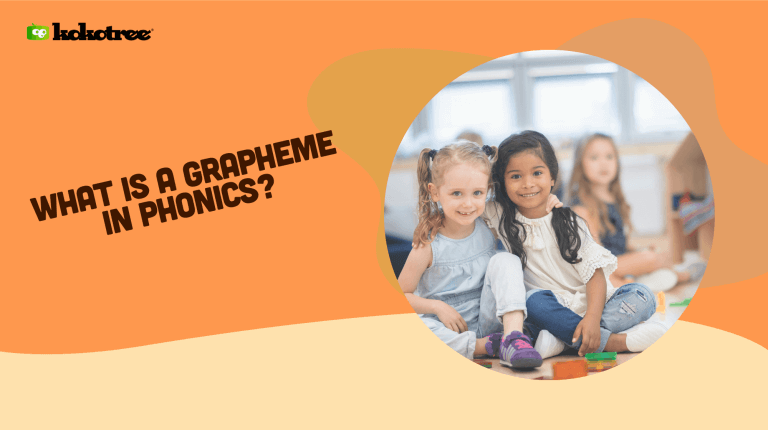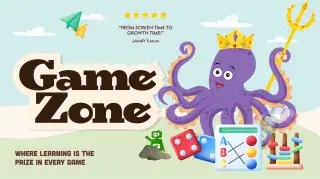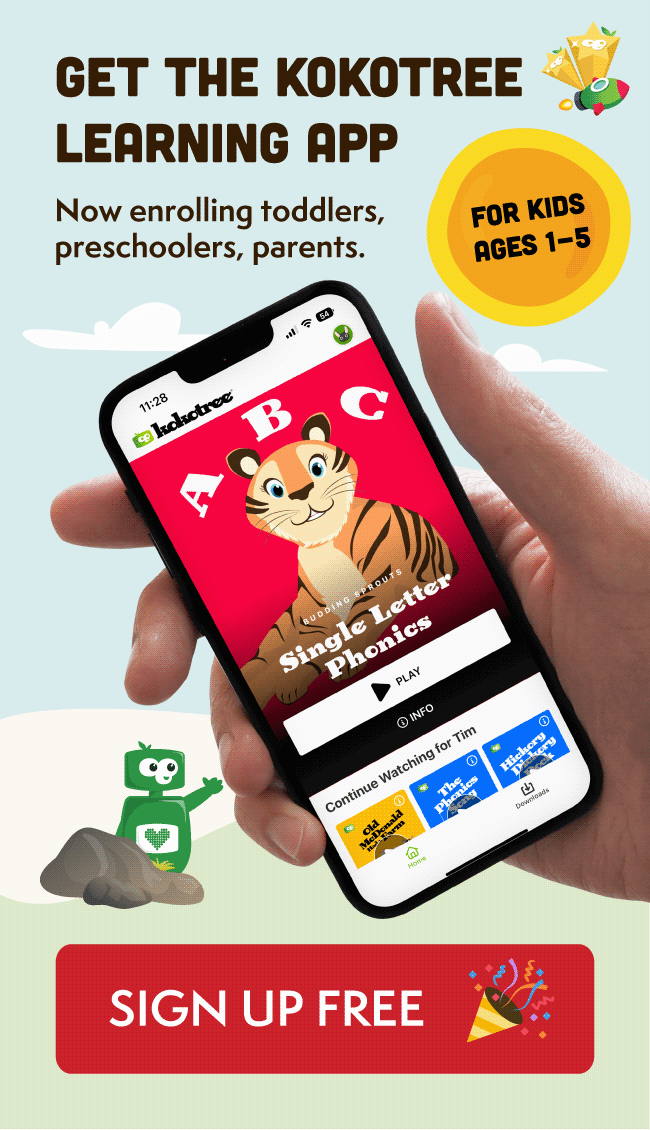

As a parent of a young learner, you’re likely eager to support your child’s literacy journey. One crucial aspect of early reading development is understanding the relationship between sounds and their written forms, which brings us to the topic of our blog post: What is a grapheme in phonics? A grapheme is a written symbol or letter that represents a particular sound or phoneme in a language, like the letter ‘a’ representing the /a/ sound. Excelling at recognizing graphemes and their associated phonemes is essential for your child’s success in learning to read and write using phonics. So, let’s dive in and explore this fascinating concept together!
A grapheme is a written symbol or letter that represents a specific sound, or phoneme, in a language. In the context of phonics, graphemes are the visual representation of sounds, which helps children connect spoken language to written language. Learning to recognize and associate graphemes with their corresponding phonemes is a fundamental step in developing strong reading and writing skills.
Graphemes play a vital role in phonics because they bridge the gap between spoken and written language. By learning to identify graphemes and their corresponding sounds, children can begin to decode words effectively. This understanding serves as the foundation for developing strong reading and writing skills, ultimately boosting overall language proficiency.
Single-letter graphemes are the most straightforward example we encounter in phonics. These are individual letters that represent specific sounds in a language, such as the letter ‘b’ representing the /b/ sound.
Digraphs are combinations of two letters that represent a single phoneme. For example, the letters ‘sh’ form a digraph that represents the /ʃ/ sound. Digraphs can appear at the beginning, middle, or end of a word, and understanding them is crucial for successful reading.
There are several engaging activities you can undertake with your child to help deepen their understanding of graphemes in phonics.
Create flashcards for common graphemes and their associated phonemes. Show your child a card and ask them to make the sound it represents. You can also have them practice writing the grapheme on a piece of paper or dry erase board.
Use magnetic letters or letter tiles to help your child build words by combining different graphemes. Encourage them to create both real words and nonsense words, focusing on the process of blending sounds together.
Choose age-appropriate books, and ask your child to read them out loud. As they read, encourage them to identify and highlight specific graphemes or digraphs. This activity not only strengthens their grapheme recognition skills but also reinforces the connection to meaning in written language.
Technology can be a valuable tool in supporting your child’s phonics learning journey. Numerous learning apps for kids are designed specifically to help teach grapheme-phoneme relationships. These apps use interactive and engaging activities, such as games and quizzes, to motivate and reinforce essential phonics knowledge. Be sure to research and choose an app that is age-appropriate and matches your child’s learning style and needs.
While focusing on graphemes is essential, it’s crucial to be aware of the various approaches to teaching phonics, as different methods may resonate better with your child’s learning style. Some popular phonics approaches include synthetic phonics, analytic phonics, and embedded phonics.
Synthetic phonics is a method where children learn to pronounce individual graphemes and then blend them together to read words. This approach emphasizes mastering letter-sound relationships before tackling whole words.
Analytic phonics, on the other hand, focuses on teaching children to recognize familiar letter patterns within words, such as common vowel teams and word families. Under this approach, children learn to decode words by breaking them down into familiar parts, rather than sounding out each letter individually.
Embedded phonics incorporates the teaching of graphemes and phonemes into broader language and literacy lessons. Children learn these relationships naturally as they engage in reading and writing activities, rather than through isolated phonics instruction.
As your child develops their understanding of graphemes in phonics, it’s important to regularly assess their progress. Monitoring your child’s growth can help you provide tailored support and ensure they’re on track for achieving literacy milestones. Some ways to track progress include:
Schedule periodic check-ins to review your child’s understanding of graphemes and their corresponding sounds. This can be done informally during daily activities or through planned assessments, such as quizzes or reading exercises.
Create a simple chart or journal to document your child’s progress, noting areas of improvement and any challenges they may be facing. This not only helps you identify when additional support is needed but can also serve as a motivating tool for your child.
Take the time to celebrate your child’s accomplishments as they master new graphemes and develop their phonics skills. This positive reinforcement can boost your child’s confidence and foster a love for learning and reading.
Finally, it’s essential to maintain open communication with your child’s teachers and educators. They are invaluable resources for understanding your child’s progress, addressing challenges, and guiding their development. Collaborate with them to create a supportive learning environment and provide the best possible foundation for your child’s literacy journey.
Here are some frequently asked questions related to graphemes in phonics, providing further insight into this essential aspect of early literacy development. These brief answers will help clarify common concerns and augment your understanding of the role graphemes play in your child’s learning journey.
A phoneme is the smallest unit of sound in a language, while a grapheme is the written representation of a phoneme. In other words, graphemes are the visual symbols that represent individual sounds when we read or write.
Common graphemes include single letters (e.g., ‘a’ for /a/), digraphs (e.g., ‘sh’ for /ʃ/), and trigraphs (e.g., ‘igh’ for /aɪ/). There are many more, but these examples give you an idea of the different grapheme structures that can appear in words.
Yes, a single phoneme can be represented by different graphemes in various contexts. For example, the /k/ sound can be represented by ‘c’ (in cat), ‘k’ (in kite) and ‘ck’ (in duck).
Consistent practice, engaging activities, and positive reinforcement can help your child remember grapheme-phoneme relationships. Use flashcards, word-building games, reading exercises, and technology-based learning tools to support their learning.
Vowels and consonants are key components of graphemes as they represent different types of sounds in a language. Familiarizing your child with the vowels (a, e, i, o, and u) and consonants (the remaining alphabet letters) helps them understand how different graphemes work together to create words.
Identify the problematic areas and provide targeted support through focused practice and reinforcement. Use games or multimedia resources to make the learning process enjoyable and engaging, boosting your child’s motivation and retention.
Children can start learning about graphemes and phonics as early as 3-5 years old when they begin recognizing letters and sounds. However, the exact age may vary depending on an individual child’s development and readiness.
It’s essential to teach your child to recognize and differentiate between uppercase and lowercase graphemes. Begin with the most commonly used lowercase graphemes, then gradually introduce uppercase counterparts to help your child understand the variations for each letter.
Some signs of difficulty with grapheme recognition include inconsistent sound-letter associations, slow or hesitant reading, and disproportionate reliance on contextual clues while reading. If you suspect your child is struggling, consult their teacher for guidance and additional support.
Yes, there are many books, websites, and resources available to help parents understand graphemes and support their child’s phonics learning journey. Examples include “Phonics from A to Z” by Wiley Blevins and “The Reading Lesson” by Michael Levin and Charan Langton.
Although learning about graphemes is typically geared towards children, adults can also benefit from a deeper understanding of phonics. This knowledge can be particularly helpful for adult learners who are learning a new language, improving reading skills, or working with children in a teaching capacity.
The time it takes for a child to master grapheme-phoneme relationships varies based on factors like individual learning style, age, and the level of support provided. Continued practice and reinforcement, as well as collaboration with teachers and educators, can improve your child’s progress and understanding.
If your child resists learning about graphemes, try using a variety of engaging activities and approaches that match their learning style and interests. Set achievable goals and milestones, and celebrate each accomplishment to foster motivation and create a positive learning experience.




